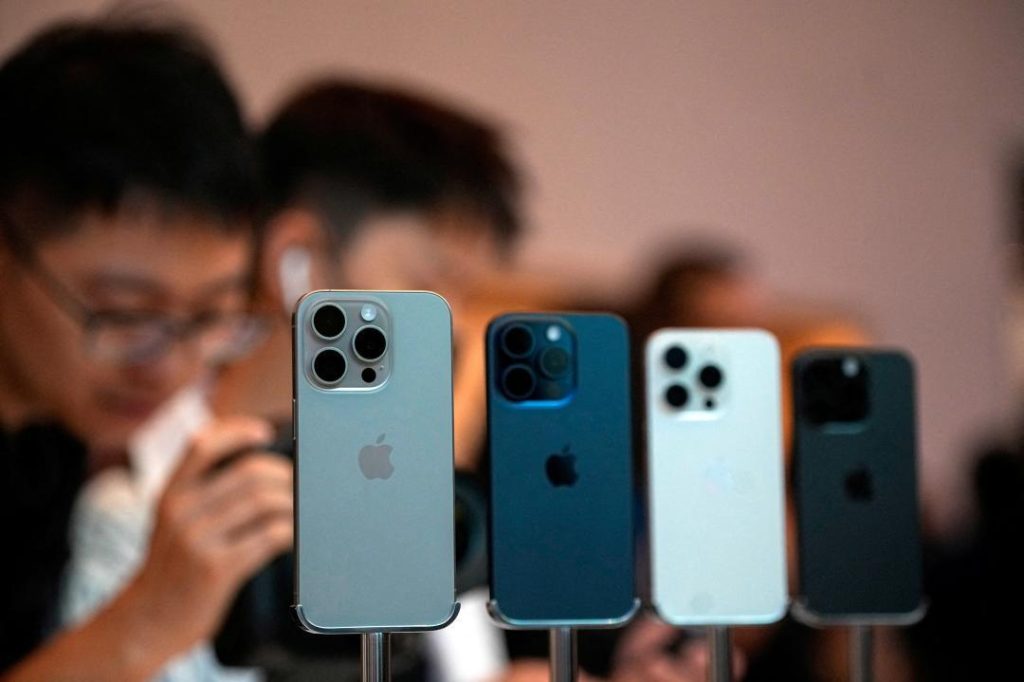
How much does it cost to make an iPhone & how may it change due to US tariffs?
As the world continues to rely on smartphones for daily communication, entertainment, and productivity, Apple’s iPhones have become an integral part of our lives. With each new iteration, the tech giant has managed to raise the bar, offering improved performance, sleek designs, and innovative features. But have you ever wondered what goes into making an iPhone? The cost, for instance, is a significant aspect that affects the final price of the device.
According to a recent report by Moneycontrol, Apple spends a staggering $580 to make a 256GB iPhone 16 Pro. Breaking down the costs, we find that the A18 Pro chip accounts for $90.85, the rear camera systems cost $126.95, and the display costs $37.97. These figures might seem insignificant to the average consumer, but they add up to a substantial amount.
However, with the ongoing trade tensions between the US and China, the cost of producing iPhones could increase significantly. As a result of the 54% tariffs imposed by the US on Chinese goods, Apple’s manufacturing cost could rise to around $847 (approximately ₹73,400) for each iPhone 16 Pro. This would have a direct impact on the final price of the device, which could be passed on to consumers.
The breakdown of costs
To better understand the cost of making an iPhone, let’s delve deeper into the components and their prices. According to various reports, here’s a breakdown of the costs:
- A18 Pro chip: $90.85
The brain of the iPhone, the A18 Pro chip is responsible for processing power, graphics, and other essential functions. Apple reportedly spends around $90.85 on each chip, which is a significant portion of the overall cost. - Rear camera systems: $126.95
The camera system on the iPhone 16 Pro is one of its standout features. With a quad-camera setup, including a telephoto lens, wide-angle lens, and ultra-wide lens, the cost of the camera system adds up to $126.95. - Display: $37.97
The display on the iPhone 16 Pro is a high-resolution OLED panel, which is more expensive than traditional LCD displays. Apple spends around $37.97 on each display, which is a relatively small portion of the overall cost. - Memory and storage: $20-30
The iPhone 16 Pro comes with 6GB of RAM and 256GB of storage. The cost of memory and storage is estimated to be around $20-30, depending on the type and quality of components used. - Battery and charging: $10-15
The battery life of the iPhone 16 Pro is impressive, with up to 12 hours of internet use. The cost of the battery and charging system is estimated to be around $10-15. - Other components: $50-70
Other components, such as the frame, buttons, and connectors, account for around $50-70 of the total cost.
The impact of US tariffs on iPhone prices
The 54% tariffs imposed by the US on Chinese goods would significantly increase the cost of producing iPhones. As mentioned earlier, Apple’s manufacturing cost could rise to around $847 (approximately ₹73,400) per unit. This would have a direct impact on the final price of the device, which could be passed on to consumers.
In recent years, Apple has faced criticism for its pricing strategy, with many consumers feeling that the company is overcharging for its products. If the tariffs are implemented, Apple may be forced to increase the prices of its iPhones to maintain its profit margins.
Conclusion
The cost of making an iPhone is a complex and multi-faceted issue, with various components and subsystems contributing to the final price of the device. While Apple’s manufacturing cost is around $580 for a 256GB iPhone 16 Pro, the imposition of US tariffs could increase this cost to around $847 (approximately ₹73,400) per unit.
As the global smartphone market continues to evolve, it’s essential for consumers to stay informed about the costs and pricing strategies employed by manufacturers like Apple. With the trade tensions between the US and China showing no signs of abating, it’s likely that the cost of producing iPhones will continue to fluctuate, affecting the final price of the device.






